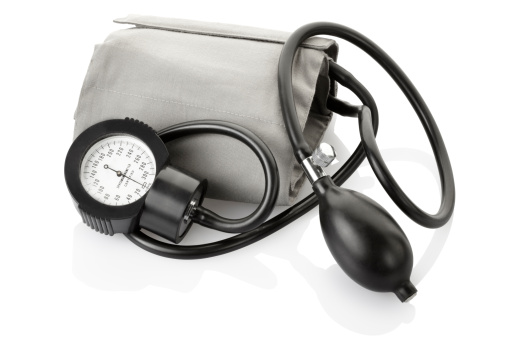Simplified Cases
These simplified virtual patients allow you to focus solely on taking blood pressure.
Simplified Taking Blood Pressure DrillAdult Cases
The adult case studies provide training for blood pressure reading using patient examples with our simulator. The adult case study course will teach you how to take blood pressure readings, heart and lung sounds, patient history and test results in order to establish a diagnosis and a treatment plan. The cases presented involve hypertension (high blood pressure), hypotension (low blood pressure), elevation of only systolic or diastolic pressures.
Adult Blood Pressure Cases - Part IAdult Blood Pressure Cases - Part II
Pediatric Cases
These cases build assessment skills by simulating blood pressure measurement by auscultation. Users will also practice the evaluation of hypertension using the NIH's classification tables for children.
Pediatric Blood Pressure Course

